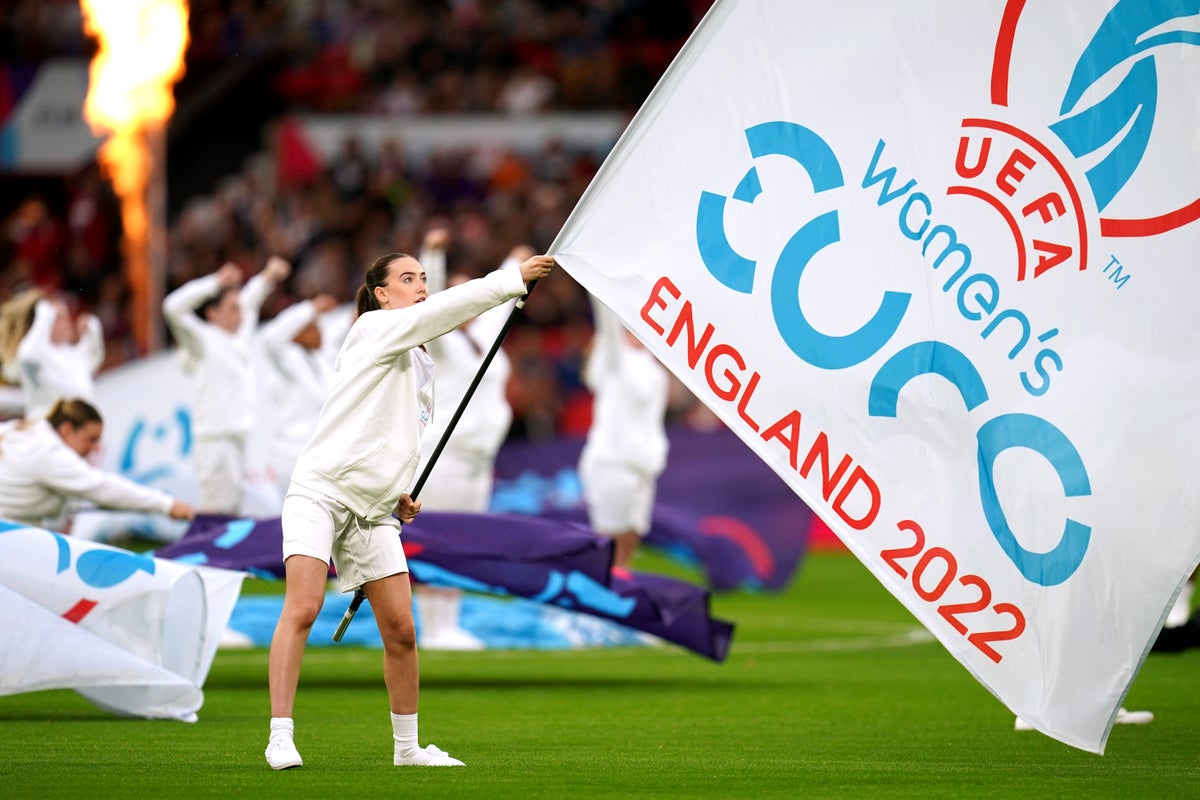
This summer’s Women’s Euros was billed as the “biggest and best-ever” incarnation of the competition – something hard to argue with as it reaches its conclusion.
UEFA president Aleksander Ceferin used those words on the day the 13th edition – delayed by a year from its original scheduled date by the coronavirus pandemic – got under way.
At that point ticket sales had broken the 500,000 mark, indicating the competition’s overall attendance record of 240,000 from Euro 2017 in the Netherlands was set to be smashed.
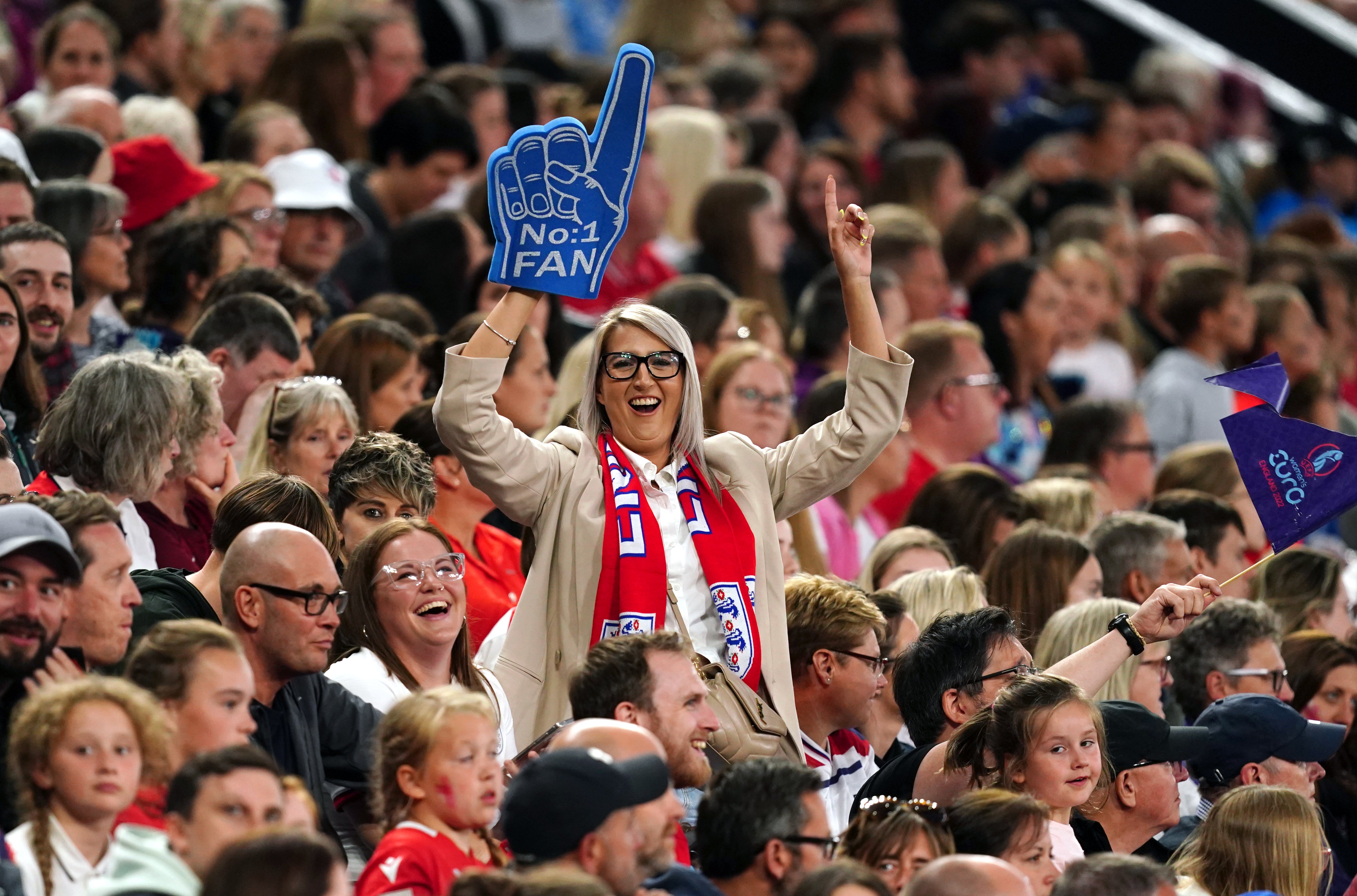
And on Wednesday the turn-out for the second semi-final, between Germany and France at Stadium MK, took the total attendance to just shy of 490,000, with a sold-out Wembley final still to come.
The tournament opened with England playing Austria at Old Trafford in front of 68,871, the biggest crowd for a Women’s Euros match, and other attendance records have been set at various stages over the past few weeks.
There has also been big numbers watching on-screen – BBC One’s coverage of the Lionesses’ last-four victory over Sweden received a peak television audience of over nine million.
And the action people have seen is a compelling showcase of where the women’s game has got to.
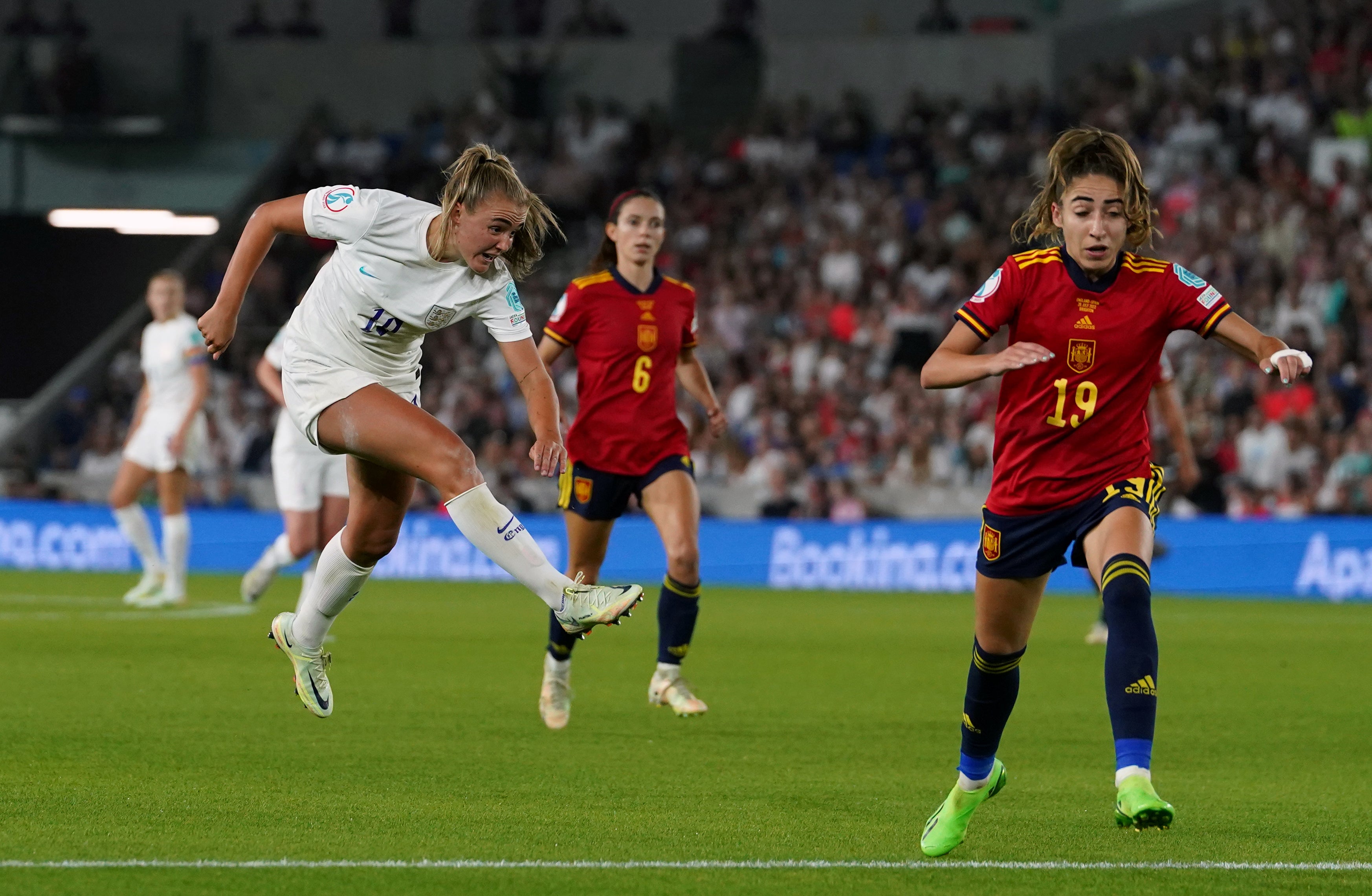
The hosts have certainly played their role in that, with their 20-goal run to the final including an 8-0 demolition of Norway in the group stage, the most emphatic victory in Euros history, and a dramatic 2-1 quarter-final win over Spain, sealed by Georgia Stanway’s showstopper strike in extra-time.
Their most prominent star en route to Wembley has been Beth Mead, netting six times – a tally matched by Alexandra Popp in a slick Germany outfit’s campaign, a remarkable personal story of bouncing back from injury.
France were among the most entertaining sides to watch, as were Portugal, who only got to the tournament as a late replacement for Russia and gave a very commendable account of themselves.
The group stage also saw Belgium and Austria do an admirable job of securing qualification at the expense of higher-ranked teams.
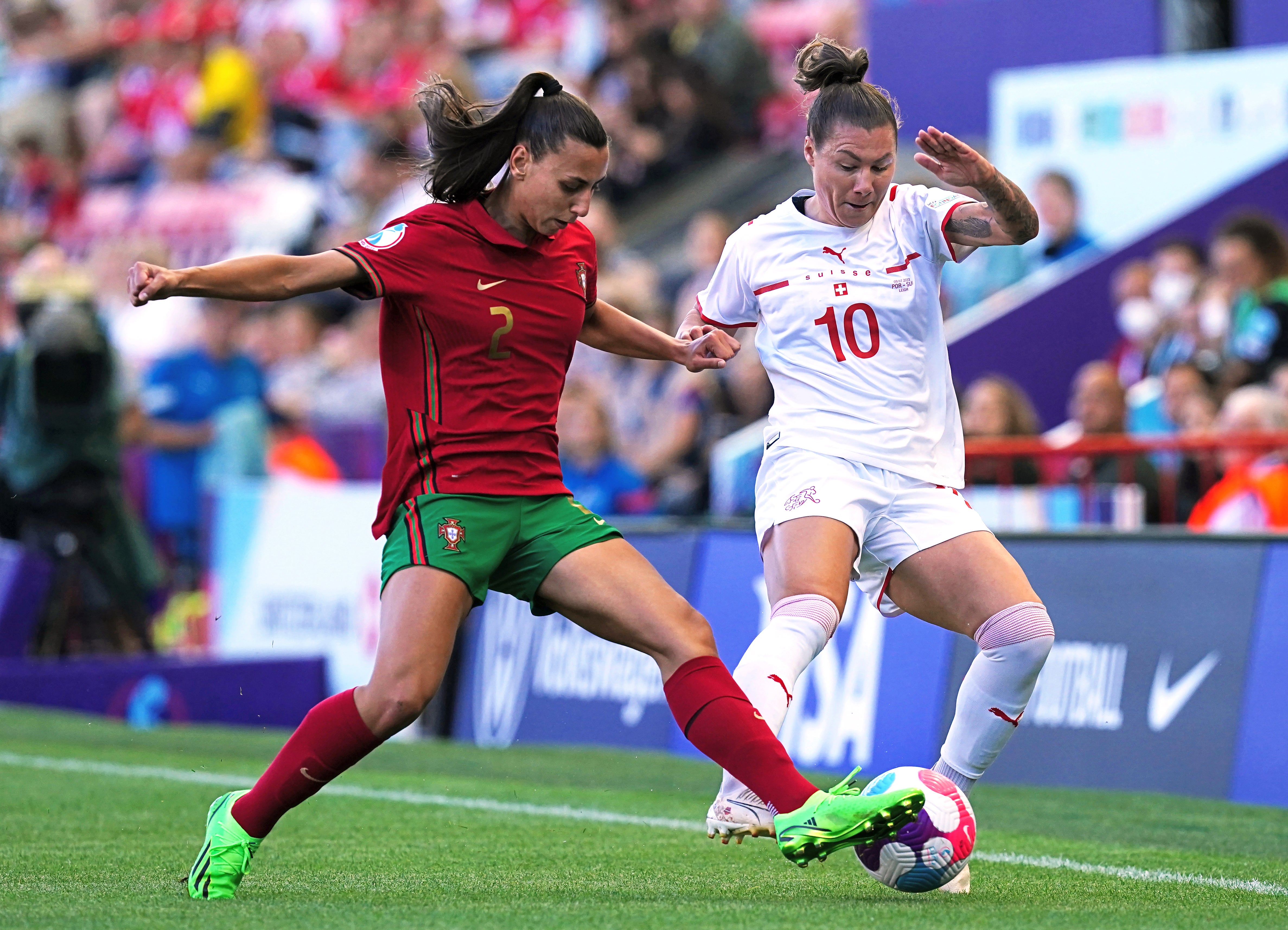
Northern Ireland, the lowest-ranked side in the competition making their major tournament bow, were able to celebrate a first goal at this level when Julie Nelson scored in their 4-1 loss to Norway.
Norway’s returning superstar Ada Hegerberg, who had ended a self-imposed exile from international football earlier in the year, did not make the kind of impression many had anticipated as her side failed to reach the knockout rounds.
Hegerberg’s fellow Ballon d’Or winner Alexia Putellas was deprived of the chance to shine for Spain at the tournament by an ACL injury, and another big name was ruled out when Marie-Antoinette Katoto sustained a similar issue in France’s opener, while the Netherlands’ star forward Vivianne Miedema saw her campaign disrupted by a positive coronavirus test.
Those who have ended up as stand-outs over the last few weeks include some exciting youngsters, such as 20-year-old Germany midfielder Lena Oberdorf and Miedema’s team-mate Daphne van Domselaar, 22.
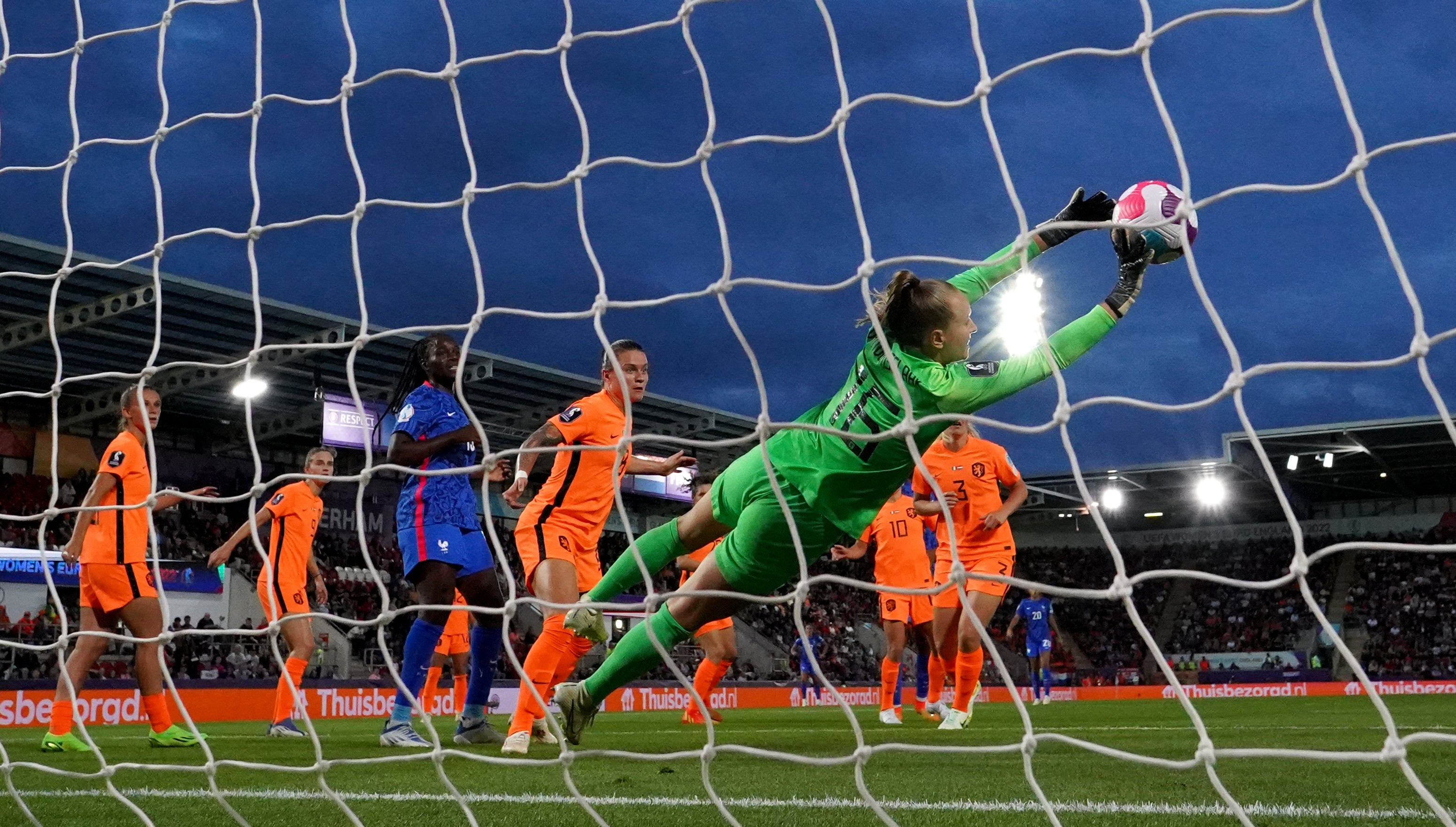
Van Domselaar had been a key contributor to some impressive goalkeeping across the tournament – an area of women’s football that has been particularly scrutinised over the years.
Euro 2022 has in general been quite a statement to any doubters of the women’s game, and hopes are high over the impact it will have – in the host nation and the wider picture – in adding to what was already considerable momentum.
On the eve of the final, Ceferin spoke about inspiring increasing participation across the continent as he labelled this summer’s showpiece “a tournament for the ages” and said: “We hoped this would be the best ever Women’s Euro, but it has been even better than we imagined.”







